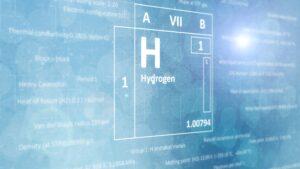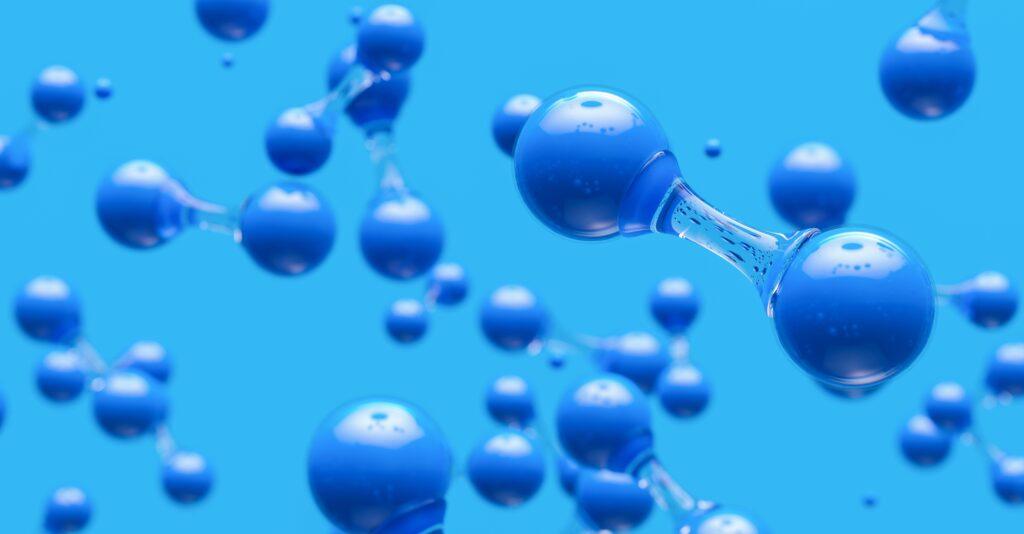In an era where technology evolves at a breakneck pace, it’s easy to overlook the subtle yet pivotal elements that drive this relentless progress. These components, often hidden from the limelight, are the bedrock upon which modern marvels stand. Today, we delve into one such unsung hero: airflow and hydrogen sensors. A topic that might seem mundane at first glance, but is, in reality, a cornerstone of technological advancement.
The Versatile World of Sensors: From Everyday Life to Cutting-Edge Technology
Sensors, in their myriad forms, are the unassuming yet indispensable protagonists in our modern world, quietly orchestrating much of our daily experiences and technological advancements. From the touchscreens on our smartphones to the complex environmental monitoring systems tracking climate change, these devices translate physical phenomena into valuable data.
They serve as the crucial interface between the digital and physical realms, enabling machines to perceive and react to the world around us with a level of precision and intelligence previously unattainable. Their versatility and adaptability make them fundamental in advancing fields such as robotics, healthcare, and smart city development, showcasing their profound impact across a spectrum of industries and applications.
Airflow Sensors: The Invisible Catalysts
Airflow sensors, a term we’ll encounter just four times in this discussion, are pivotal in myriad applications, from the humble thermostat in your home to the colossal turbines powering cities. Their role? To measure air velocity precisely, a task simpler in wording than in execution. These sensors ensure efficiency and safety in systems we rely on daily, silently averting disasters and optimizing performance. Their precision and reliability are not just beneficial; they are, in many instances, absolutely critical.
Hydrogen Sensors: The Guardians of Safety and Efficiency
 Hydrogen sensors, a term we will carefully use just four times here, stand as vigilant guardians in a world increasingly turning towards hydrogen as a clean energy source. These sensors play a critical role in detecting hydrogen leaks, which are not only a waste of a valuable resource but also pose significant safety risks due to hydrogen’s flammability.
Hydrogen sensors, a term we will carefully use just four times here, stand as vigilant guardians in a world increasingly turning towards hydrogen as a clean energy source. These sensors play a critical role in detecting hydrogen leaks, which are not only a waste of a valuable resource but also pose significant safety risks due to hydrogen’s flammability.
They operate with a precision that allows for early detection, averting potential disasters in environments ranging from fuel cell-powered vehicles to industrial plants. Their importance escalates as we embrace hydrogen fuel more widely, ensuring that this leap towards a sustainable future is both safe and efficient. These sensors, often unsung heroes in the background, are key players in the successful implementation and reliability of hydrogen-based systems.
Beyond the Sensor: Broader Impacts
It’s not just about the sensors themselves, but also about the ripple effect they create. Think about climate control systems in hospitals, where maintaining a sterile environment is paramount. Or consider their use in automotive design, improving not just engine efficiency but also reducing emissions, a vital step towards a greener future. The influence of these sensors stretches far and wide, transcending industries and touching lives in ways often unnoticed.
A Future Shaped by the Unseen
As we stand at the cusp of a new technological era, the role of components like airflow sensors and hydrogen sensors becomes even more pronounced. They are integral in shaping the future of smart cities, renewable energy, and even space exploration. Their evolution will mirror our own strides in technology, becoming more sophisticated, more integrated, and perhaps, even more indispensable.
In conclusion, while they may not always be in the spotlight, sensors are a critical component in the vast machine of innovation. They are a testament to the fact that sometimes, the most significant elements in any system are those that remain unseen, quietly ensuring that the wheels of progress turn smoothly.
Photo Credit:
Pexels.com – Rafael Classen rcphotostock.com
Stock.adobe.com – Issah


